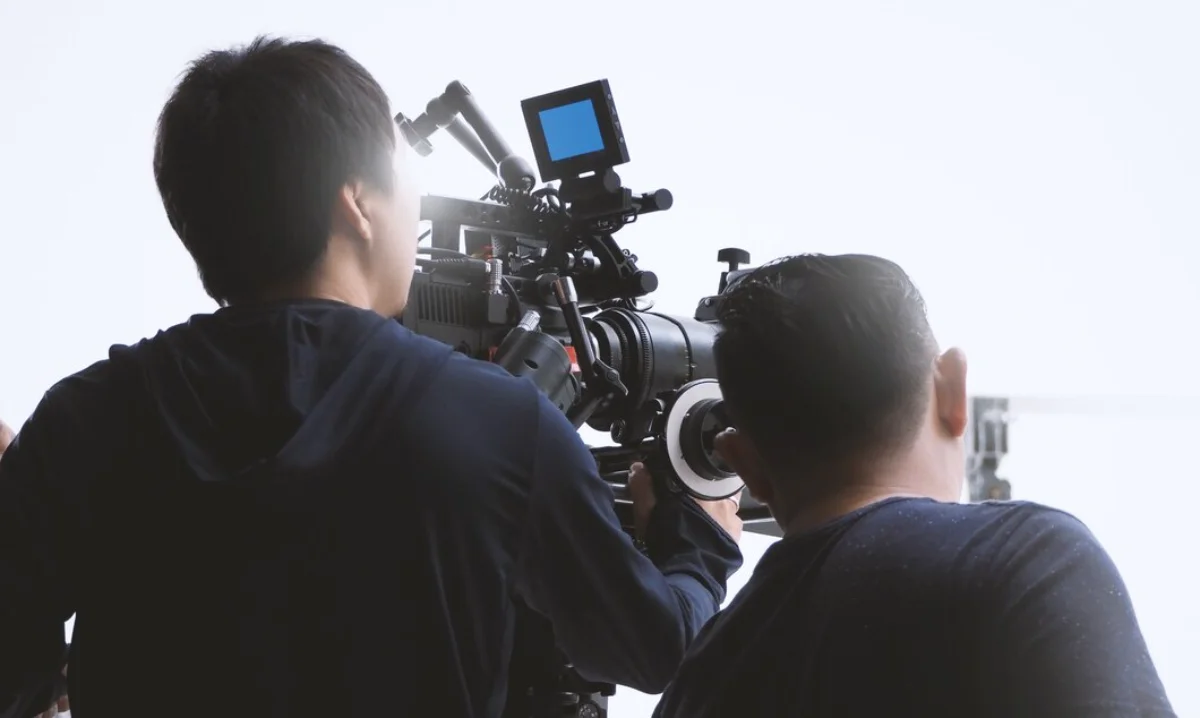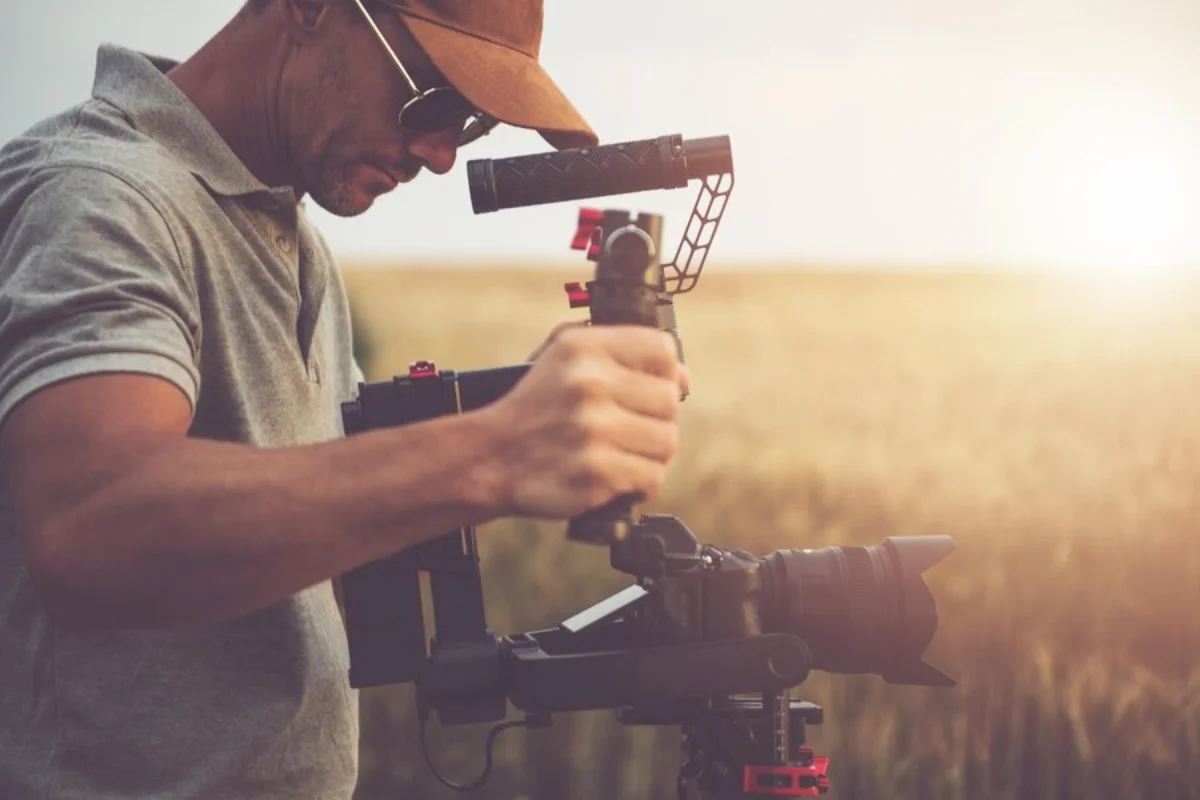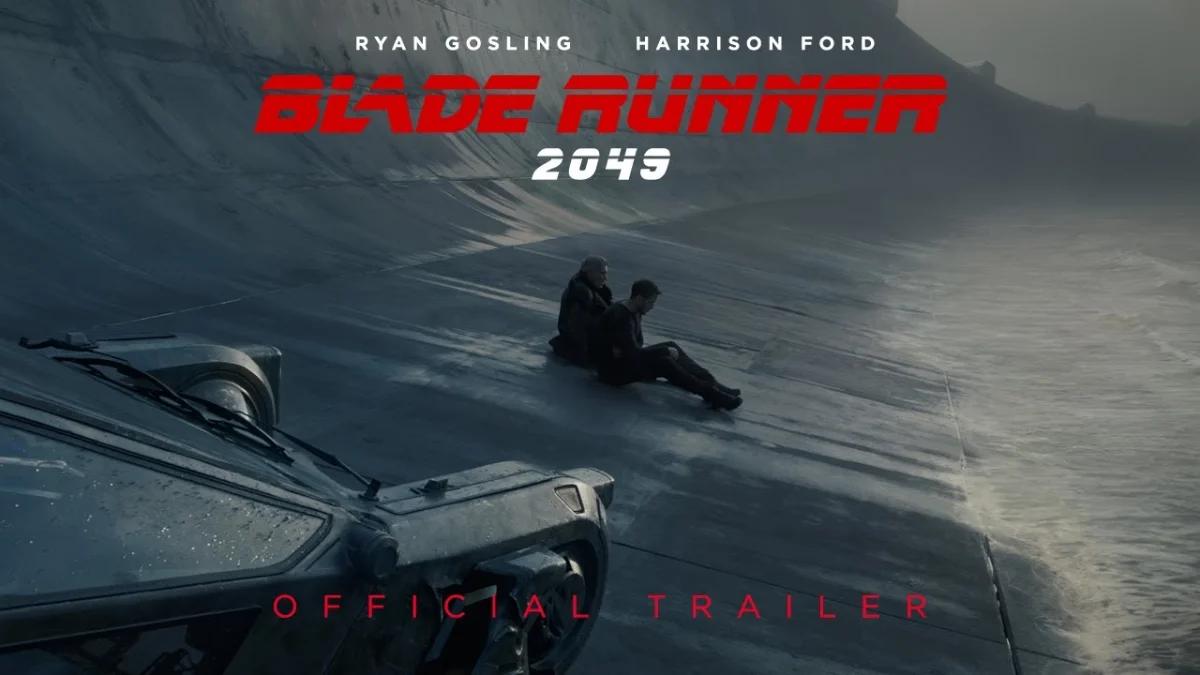The Art of Cinematography: Why It Matters
Cinematography is often called the “art of visual storytelling.” While a film’s script, acting, and direction are vital, the cinematographer visually brings the movie to life. Cinematography makes a film more than just a sequence. It uses lighting and camera movement to create art. It helps filmmakers create moods, build suspense, and immerse viewers in vivid visuals.
This post will discuss cinematography’s importance, examine techniques for creating stunning visuals, highlight some top films, and show how these techniques bring stories to life.

What is Cinematography?
Defining the Role of a Cinematographer
Cinematography involves more than just handling the camera. It includes selecting lighting, camera angles, shot composition, lens types, and movement. Cinematographers, or Directors of Photography (DP), work closely with directors to visually tell the story. They shape the film’s mood and themes. They choose each scene’s capture, ensuring it fits the overall visual narrative.
A cinematographer makes creative decisions that enhance the story. They might use bright, airy shots to express hope or dark, moody frames to create unease. These choices deeply affect the audience’s feelings about the characters, the plot, and the film’s world.
The Importance of Cinematography in Filmmaking
A captivating story is the heartbeat of every great film. Yet, lacklustre cinematography can dim its brilliance. Visual storytelling paints emotions, energises key plot twists, and enriches the narrative. Look at iconic films like Blade Runner 2049 and The Revenant. Their amazing cinematography makes each story shine.
In short, cinematography isn’t just about looking good—it’s about making the story connect with the audience. Without skilled cinematography, even the best scripts can fall flat.

Movie Camera Techniques That Define Cinematography
Camera Angles and Perspectives
Camera angles are key to how a scene is viewed. Directors and cinematographers choose angles to provoke emotions or highlight story elements. Here are some common examples:
- Low Angle Shots: These shots make a character seem powerful or dominant, creating awe or intimidation.
- High Angle Shots: They make the subject look small or weak. This often shows feelings of helplessness or isolation.
- Over-the-shoulder shots: This angle shows conversations. It highlights character relationships and emotional ties.
The Magic of Lighting
Lighting is arguably the most vital element in cinematography. It can create mood, shape scene perception, and reveal or hide important details. The lighting style can drastically change a scene’s tone.
- High-Key Lighting: Picture a sun-drenched day in a comedy paradise. This lighting bursts with brightness, banishing shadows and crafting a gleeful vibe.
- Low-Key Lighting: Enter the enchanting world of thrillers and dramas. Here, shadows deepen, contrasts sharpen, and suspense thickens in the air, adding a deliciously dark twist.
Natural Lighting: Embrace the beauty of authenticity in film. Natural light paints a realistic canvas, breathing life into dramas and documentaries with its raw, unfiltered charm.
Camera Movement and Composition
Camera movement and composition can shift a scene’s energy. Here are key techniques:
- Tracking Shots: The camera follows the action, often trailing a character. This creates intimacy or urgency.
- Dolly Zoom (Vertigo Effect): This technique moves the camera forward and zooms out, or the other way around. It creates a surreal effect that often shows disorientation.
- Long Takes: A long take lasts without cuts and requires perfect choreography and timing. It can build tension or showcase action, as seen in Children of Men and Birdman.
Framing and Rule of Thirds
Framing is how a shot is composed within the camera’s view. The Rule of Thirds splits the frame into nine sections. Key elements are positioned along these lines or their intersections.
- Symmetry: Some films centre characters or elements to show balance or importance.
- Asymmetry: Other films use asymmetry, placing subjects off-centre to evoke unease or tension.

Best Cinematography Films: A Cinematic Feast for the Eyes
Blade Runner 2049 (2017)
Directed by Denis Villeneuve and captured by Roger Deakins, Blade Runner 2049 dazzles with its visuals. Vast, desolate landscapes fuse seamlessly with vibrant neon cityscapes, painting a haunting future. Deakins’ mastery of light and composition elevates each frame to breathtaking art.
The Revenant (2015)
Directed by visionary Alejandro González Iñárritu and expertly filmed by Emmanuel Lubezki, The Revenant is a visual feast. Adorned in natural light and extended takes, it mesmerises viewers. Lubezki paints the wilderness with breathtaking beauty, amplifying the film’s emotional resonance. Each striking image powerfully reinforces themes of survival and the indomitable human spirit.
Inception (2010)
Christopher Nolan’s Inception stretches the limits of cinematography like a rubber band. Blending visual flair with emotional weight, it captivates from start to finish. Wally Pfister, a skilled cinematographer, used many techniques to create memorable scenes. Just think of the rotating hallway fight. It’s a breathtaking dance of gravity-defying action! Thanks to meticulous cinematography, the film’s dreamlike sequences feel anchored in reality. Each shot immerses you in a world where dreams and reality beautifully collide.
Cinematography Breakdown: How Techniques Tell the Story
How Cinematography Enhances Genre and Tone
Each film genre has its own visual style. Cinematographers adjust their techniques to match the story’s mood and atmosphere.
The Influence of Cinematography on Emotion
The cinematographer’s visual choices evoke different emotions. A close-up can show vulnerability, while an extreme wide shot can emphasize loneliness.
Conclusion: The Power of Cinematography
Cinematography tells a story without words. It shares meaning, feeling, and mood with ease. Good cinematography can make a film iconic. It leaves a lasting impression on viewers.
What film do you think has the best cinematography? Tell us your favourite movie camera techniques in the comments below! We’d love to hear your thoughts.